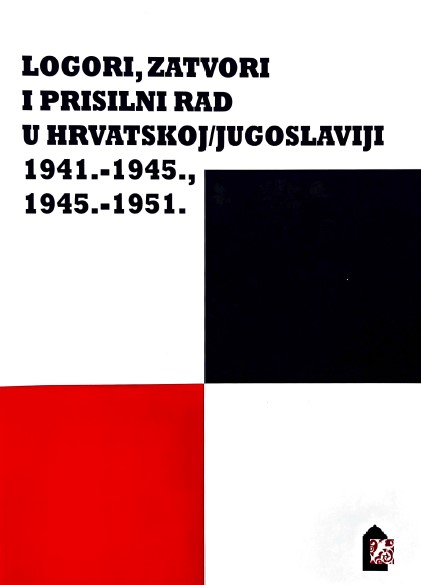Logori Križnoga puta u Hrvatskoj 1945.
The Camps of the “Death Marches” throughout Croatia in 1945
Author(s): Martina Grahek Ravančić
Subject(s): Military history, Government/Political systems, Studies in violence and power, Victimology, WW II and following years (1940 - 1949), Penal Policy
Published by: Hrvatski institut za povijest
Keywords: Croatia; Second World War; prisoners of war; the “Death Marches”; camps; victims;
Summary/Abstract: In the last phases of the Second World War masses of people started to withdraw toward British positions in Carinthia. The majority of the refugees were captured before they crossed the Austrian border. A portion of those people that made it to Carinthia were handed over to the Yugoslavian Army by British forces. Their columns were turned back for the long march home, referred to as the “Death Marches” Passing through Slovenia these columns made it to Croatia. Behind them remained a large number of camps and mass graves. Using the extensive literature and available documents this article analyzes the camps formed on the march through Croatia (Mirkovci, Orosav-lje, Samobor, Jankomir, Kanal, Prečko, Maksimir, Karlovac, Čemernica, Sisak, Bjelovar, Lupoglav, “Danica” in Koprivnica, Osijek, Velika Pisanica, Krndija, Požega, Vinkovci). Numerous eye witness accounts tell of the daily experience of life in the camps – for the most part strict control of the camps, many citations, the sorting of inmates and the fear of being taken to the unknown, poor diet and unhygienic conditions, lack of medical supplies, and the general precariousness of one’s existence. Many available sources clearly demonstrate the strict control exercised by the newly established postwar regime over the territory of Croatia, or Yugoslavia.
Book: Logori, zatvori i prisilni rad u Hrvatskoj/Jugoslaviji 1941.-1945., 1945.-1951.
- Page Range: 167-182
- Page Count: 16
- Publication Year: 2010
- Language: Croatian
- Content File-PDF

